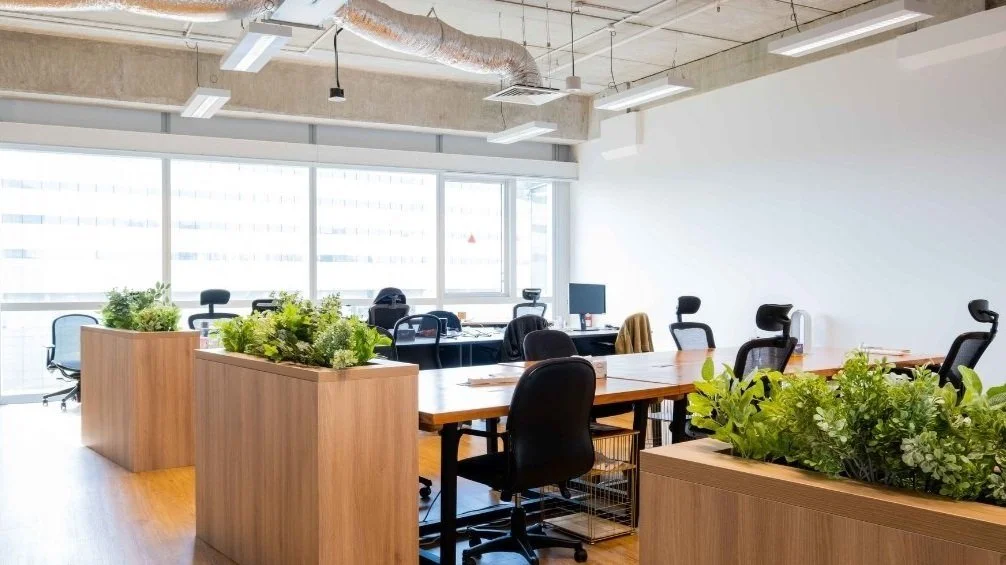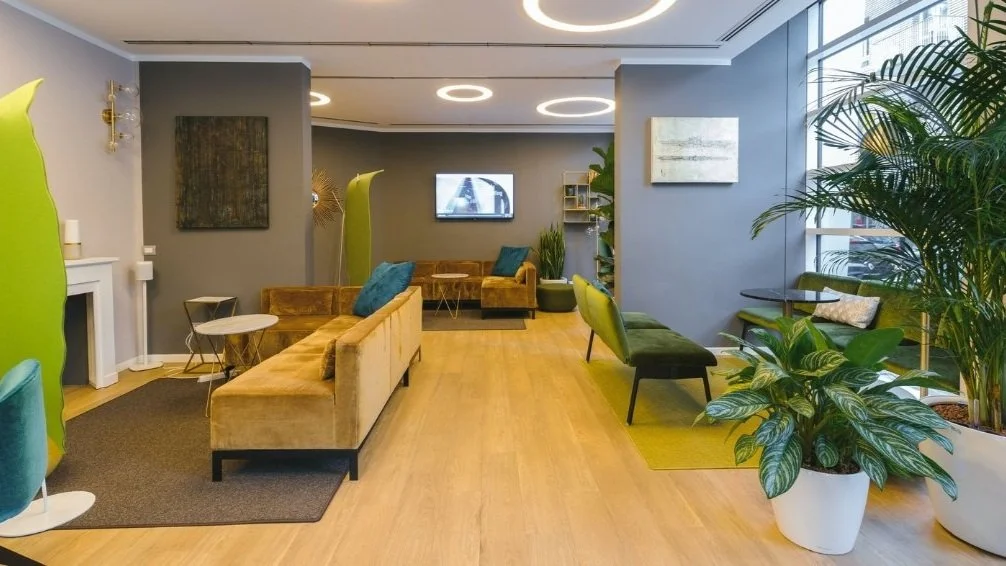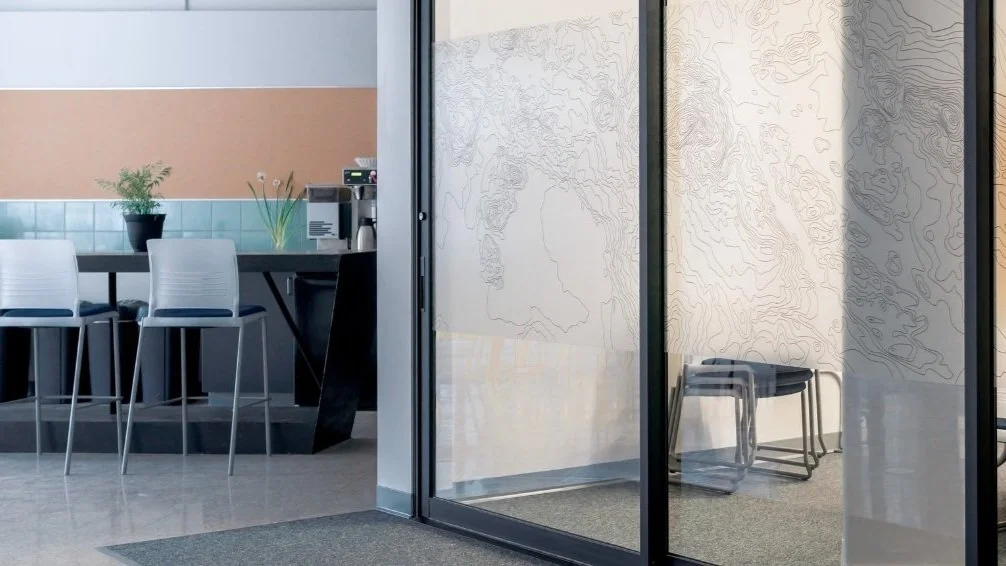The Power of Office Design on Employees Productivity & Retention
As interior designers, we have seen firsthand the impact that workspace design can have on employee wellness. Employers often approach office design based on their vision of an ideal workspace that embodies the company’s values. While this isn’t wrong, employers tend to neglect the importance of creating a workspace that supports employees well-being as well.
The Benefits of Employee Wellness in the Workplace
Before we dive into the specifics, let’s first understand the benefits of promoting employee wellness in the workplace. Research has shown that employees who feel supported in their wellness goals are more likely to engage in healthy behaviors and lifestyles, leading to improved physical and mental health. Moreover, promoting employee wellness can boost productivity, creativity and job satisfaction.
From an interior design point of view, designing a workspace that promotes employee wellness requires a holistic approach. This means considering not only the physical environment, but also the company’s culture and the nature of the business as a whole.
“By working together with employers and employees, interior designers can create a workspace that supports the overall well-being of everyone who uses it.”
Completed Project for BeLive Office
Designing for Natural Light
Exposure to natural light has been proven to improve mood, sleep quality and increase vitamin D levels – these will largely help with employees' focus and productivity at work. As such, incorporating natural light into the workspace is naturally one of the first design factors that we consider.
A simple approach in designing for natural light is to ensure that windows are unobstructed and that glass partitions and doors are used intelligently to maximise light flow. Additionally, consider using light-colored walls and furniture to reflect natural light. This will help create a brighter and more inviting space. If the workspace lacks windows or access to natural light, we can also consider alternatives such as light tubes or skylights to brighten up the space.
Biophillic Office Design
Incorporating Plants and Biophilic Design
Another important consideration in promoting employee wellness is the usage of plants and biophilic design. Biophilic interior design embraces nature and focuses on a humanistic approach to create wellness-oriented spaces that benefit the body, mind and soul. Research has shown that exposure to nature can reduce stress and increase productivity.
We can consider using potted plants throughout the workspace, or creating a green wall or roof to bring even more greenery into the space. Using natural materials such as wood or stone can also help to create a connection between the interiors and nature.
Ergonomic Office Furniture
Designing for Ergonomics
When employees feel good at work, their work output will naturally be better. An essential solution to support their physical health and comfort is to switch out basic desks and chairs with ergonomic furniture.
This means using adjustable desks and chairs that can be customized to fit individuals, as well as using standing desks or treadmill desks to encourage movement. Not only will these support good posture, they will also reduce the risks associated with sedentary work, such as backaches and musculoskeletal disorders.
Partition Rooms in Office
Designing for Sound and Acoustics
Last but not least, it is important to consider sound and acoustics when it comes to office design. Excessive noise and disturbance can increase stress levels and affect productivity, while a lack of privacy can lead to distraction and lower job satisfaction.
Designing for sound and acoustics means creating a workspace that balances the need for communication with the need for privacy and concentration. This can be achieved by incorporating materials that absorb sound, such as acoustic ceiling tiles or carpets, as well as sound masking technology to reduce the impact of background noise.
“At M.INTERIOR, we are interior design specialists in both commercial and residential works. We believe that a well-designed workspace sets the foundation for a business and its employees to thrive in.”
If you’re looking for professional help to elevate your office space, reach out to us for a non-obligatory consultation!





